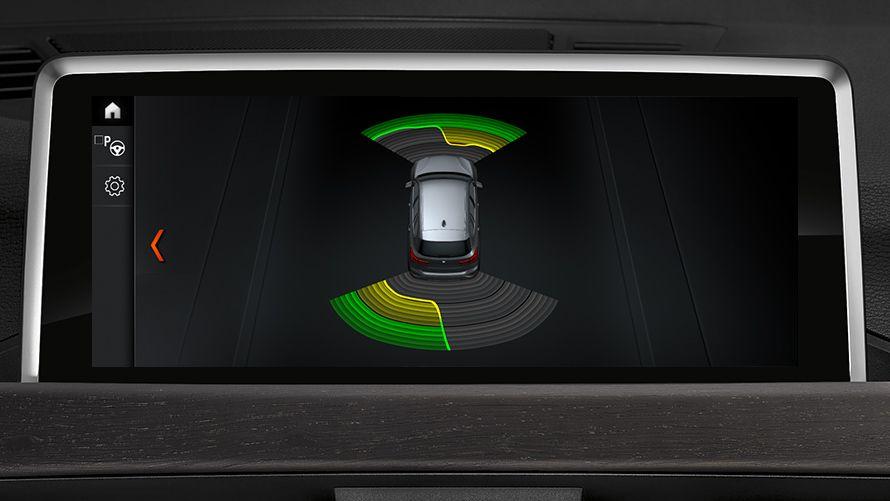Golfers know that sinking long putts can be a game-changer, but mastering distance control remains one of the sport’s most elusive challenges. From weekend amateurs to seasoned professionals, the ability to judge and execute the right pace can dramatically reduce scores and boost confidence on the greens. Recent insights and expert tips now shed light on how players can fine-tune their distance control, offering practical strategies to improve accuracy on those daunting long putts. This article explores the common pitfalls behind distance misjudgments and presents effective techniques to help golfers fix their distance control once and for all.
Understanding the Physics Behind Distance Control on Long Putts
Mastering the art of distance control on long putts hinges on understanding how various physical factors influence the ball’s trajectory and speed. The initial velocity imparted by the putter face, combined with the angle of impact and the friction between the ball and the green’s surface, determine how far and fast a ball travels. Energy transfer efficiency plays a critical role; even minor deviations in stroke speed or contact point can result in significant distance errors. Additionally, the green’s slope and grain subtly alter the ball’s roll, affecting the effective distance covered. Considering these elements helps golfers anticipate how their shots will react in real-world conditions.
To simplify these variables, here’s a quick breakdown of the key physics components affecting long putts:
- Friction: Resistance between the ball and the grass slows the roll.
- Initial Stroke Force: Determines the ball’s starting velocity.
- Green Slope: Can accelerate or decelerate the ball depending on incline.
- Impact Angle: Affects how energy is transferred from putter to ball.
| Factor | Effect on Distance | Control Tips |
|---|---|---|
| Friction | Decreases roll speed | Adjust force based on green condition |
| Stroke Force | Sets initial ball speed | Practice swing length and tempo |
| Slope | Alters ball direction and speed | Read green carefully, aim accordingly |
| Impact Angle | Impacts energy transfer efficiency | Ensure square contact at impact |
Proven Techniques and Drills to Enhance Your Putting Accuracy on the Greens
Mastering long putts demands not only steadiness and focus but also a refined sense of distance control. One highly effective drill is the “ladder drill,” which involves placing tees or markers at incremental distances-such as 10, 20, and 30 feet-from the hole. By systematically putting to each marker, golfers can develop a calibrated feel for power and pace adjustments based on distance. Another proven technique is practicing with visual targets on the green rather than focusing solely on the hole itself. This enhances your ability to judge speed and trajectory by creating intermediate aims that simulate real-game scenarios, sharpening both focus and confidence.
Utilizing technology can also accelerate improvement. Launch monitors and putting mats with feedback sensors provide data on stroke speed, face angle, and ball roll, allowing you to fine-tune your mechanics efficiently. Consider incorporating these drills regularly and tracking your progress using the table below, which outlines recommended practice frequencies and expected outcomes for each technique:
| Drill/Technique | Practice Frequency | Expected Improvement |
|---|---|---|
| Ladder Drill | 3 times per week | Enhanced distance feel, better pace control |
| Visual Target Practice | Daily for 10-15 minutes | Increased accuracy, sharper aim |
| Feedback from Launch Monitors | Weekly sessions | Improved stroke mechanics, consistent roll |
Key Takeaways
Mastering distance control on long putts remains one of golf’s most subtle yet crucial skills. By understanding the mechanics behind your stroke, practicing with purpose, and adapting to changing course conditions, players can significantly improve their chances of sinking those challenging longer putts. As golfers continue to refine their technique and approach, the difference between a three-putt and a confident tap-in often comes down to how well they control their distance. Stay tuned for more insights and expert advice to help you lower your scores and enhance your game.








